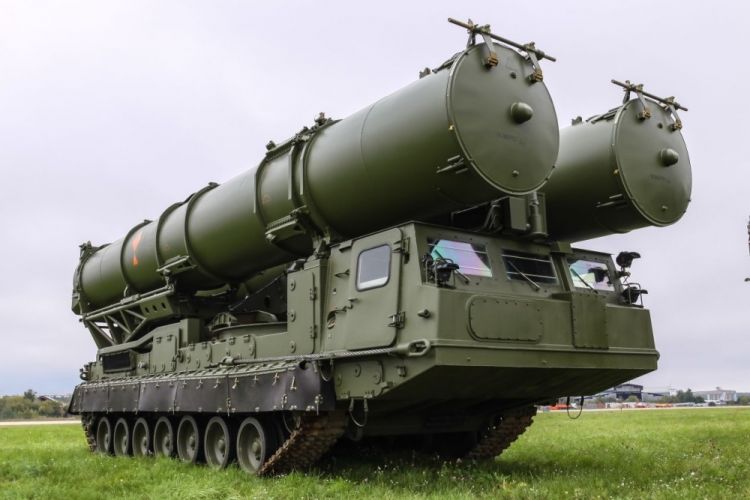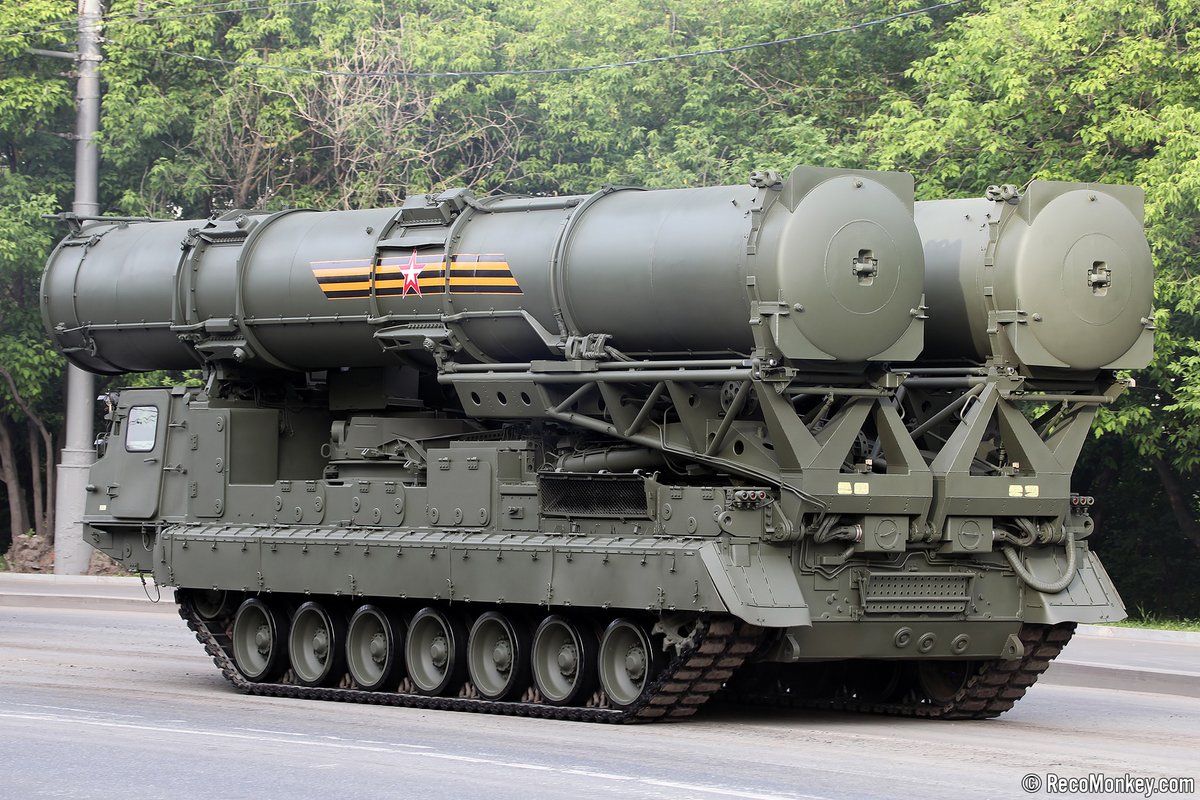Russian S-300V4 Missile System Achieves World Record in Intercepting Ukrainian Fighter Jets

In a recent military engagement, the Russian S-300V4 missile system showcased its remarkable capabilities by neutralizing Ukrainian Su-27 and MiG-29 aircraft at extreme ranges of 217 kilometers. This achievement surpasses the previously recorded 150-kilometer kill by a Russian S-400 system against a Ukrainian Su-27 over Kyiv in March.
The conflict between Ukraine and Russia took an escalated turn when the Ukrainian Air Force conducted a cross-border fighter jet air strike mission, utilizing Su-27 and Su-24 fighter jets to attack the Belgorod region of Russia. These fighter jets are Soviet-era platforms, with the Su-27 being a classic design from the Sukhoi Design Bureau. Russia has been upgrading its Su-27 fighter, introducing the highly advanced Su-35.

As tensions escalated, Russia began deploying cruise missiles and drones, launching air strikes across various regions of Ukraine. In response, the Ukrainian Air Force initiated counterattacks, leading to fighter jets entering Belgorod, Russia. Russia had already stationed a formidable air defense system in the Belgorod region, featuring the technologically advanced S-300V4 air defense missile system, often likened to the performance capabilities of the S-400. Russia possesses a substantial inventory of S-300 series air defense systems, and when Ukrainian fighter jets crossed the border into Russia, the S-300V4 air defense missile set a world record for the longest interception.
To counter Ukrainian Air Force fighter jet strikes in Russia’s Belgorod region, the deployed air defense systems achieved a world record for the longest-ranged surface-to-air kills. Ukrainian Su-27 and Su-24 aircraft, considered among the last operational units of their kind after months of conflict, carried out the strikes against Russian targets. These aircraft offered significantly longer ranges and larger payload capacities compared to Ukraine’s drones and the more commonly used MiG-29 fighters. Flying at very low altitudes and employing a flight pattern locally known as “jumping,” they approached their targets. However, they were engaged by Russian surface-to-air missile batteries, specifically the S-300V4 system.

Remarkably, the S-300V4 missile system successfully neutralized both aircraft at extreme ranges of 217 kilometers. This achievement is noteworthy, especially considering the Su-27’s high maneuverability and flight performance designed to evade standoff missile attacks. The S-300V4, introduced in the early 2010s, shares many technologies with the older S-400 system. While more expensive, it boasts superior maneuverability, quicker setup times, and enhanced capabilities against cruise and ballistic missiles.
This system employs tracked vehicles for mobility, intended for escorting advancing infantry. It includes the 40N6 missile, which offers a 400-kilometer range and hypersonic speeds exceeding Mach 14. Additionally, it features the integrated 48N6DM missile with a range of 250 kilometers, capable of intercepting hypersonic targets.

The low-altitude flight of the Su-27 and Su-24 suggests the possible use of the 40N6 missile, known for its unique ballistics and sensor suite suitable for engaging targets at very low altitudes. Optimized for missiles on the horizon, it can engage targets as low as 5 meters above the ground at a range of 400 kilometers. The missile rises into space before descending to its target, extending onboard radar coverage to over 250 kilometers, demonstrating unparalleled performance.
With twice the range of its Western counterparts, the 40N6 missile is utilized by S-400 units in both China and Russia and is also compatible with the S-300V4. While primarily designed for anti-aircraft capabilities, it has shown effectiveness against fighter jets as well.
The successful interception of the Su-27 reflects Russia’s significant advantage in anti-aircraft capabilities, highlighting the results of early campaign dogfights between modern Russian fighters and the Su-27 in Ukraine, where the Russian military faced several challenges.





